You know the ones we mean. The vintage prints of your family striking a stoic pose. The crumbling, yellowed portraits of your great-great-someone sporting their Sunday best. These old pictures tell the story of who and where you come from, but they won’t last forever.
At EverPresent, we scan thousands of photos a day in our 7,000 square foot digitizing facility. We know our photos and videos and we also know the value of preservation.
Vintage photos keep longer with proper care, but this fix only works in the short run. The stories they tell are worth more than the paper they’re printed on. And much like old photos, our memories can fade over time. Scanning your old photos to digital is the best way to make your legacy last.
Historical photos get worse over time. Just how vintage are those old photos?
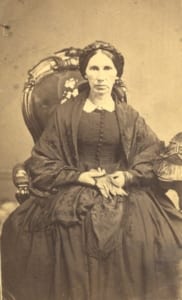 Photography started in the 19th century, so your vintage pictures could be close to 200 years old! Some of your oldest prints might have been taken during the Civil War, the California Gold Rush, or the dawn of the telegraph. These photos let you peek into what life was like for your family in the early days.
Photography started in the 19th century, so your vintage pictures could be close to 200 years old! Some of your oldest prints might have been taken during the Civil War, the California Gold Rush, or the dawn of the telegraph. These photos let you peek into what life was like for your family in the early days.
Sadly, people and pictures don’t live forever. The last known person born in the 1800s just passed away this year. Sure, your vintage photos are not alive. But they do have a shelf life. If you love old photos like we do, check out the Light Stalking blog for an in-depth history of photography.
There isn’t a magic formula to find out how long your memories have left. Sure, old photos of the 50s should be in better shape than a collection of antique photographs of women in your family, but their shelf life depends on the ways in which they’re made, used, and kept.
How They’re Made:
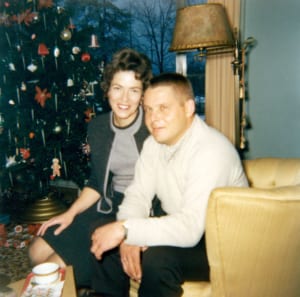 Photos have three major parts. The support is a durable base made from paper, film, or glass. Next is the binder, a layer of gel that holds the image in place. The last part is the image-forming substance – this one is made from metals or dyes, and it forms the actual images on your photo prints.
Photos have three major parts. The support is a durable base made from paper, film, or glass. Next is the binder, a layer of gel that holds the image in place. The last part is the image-forming substance – this one is made from metals or dyes, and it forms the actual images on your photo prints.
You can probably tell by the way they are starting to yellow and curl at the edges (or rip!) that your vintage pictures are made from unstable materials that can fade and break down over time.
How They’re Used:
Poor handling can harm your photos, too. Paper photos can bend and rip if you’re not careful when flipping through them. Touching them with bare hands can leave oils from your skin behind and harm these items even more.
How They’re Kept:
Forces like heat, humidity, and sunlight can ruin your vintage prints’ shape and color by warping the stuff that’s used to make them. The pros at the Library of Congress have some wise, but pricey tips to preserve your old pictures. They suggest keeping them in cool, dry places with low sunlight and no air pollution. They’re talking about actual climate control, but at a minimum, keep them in a weather proof container from the Container Store?
The Modern Problem-Solver: Scan Old Photos to Digital
There’s good news: you can save and enjoy these precious moments by scanning your vintage pictures right now. Here are some of the perks that come with taking your old memories into the digital age.
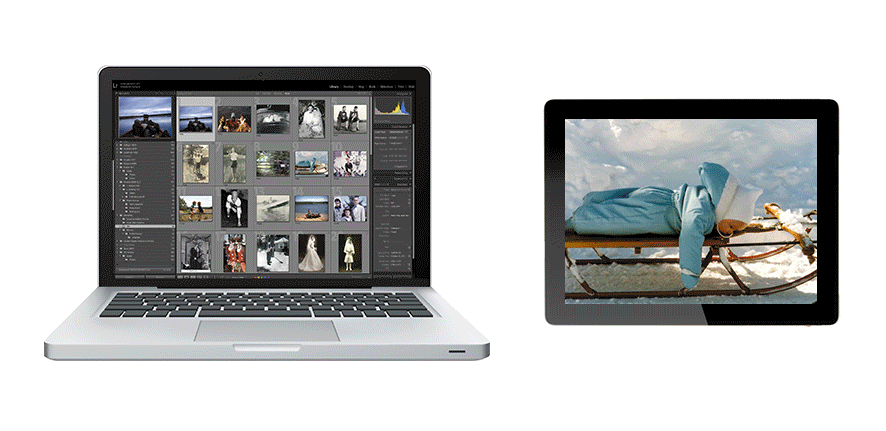
Downsizing:
Converting old photos to digital files can help you organize and declutter those bulky boxes in the attic. Lots of these older memories are kept inside of heavy photo albums that aren’t much fun to carry and flip through. Old photo albums are also dangerous for your photos. Non-archival glue will deteriorate the image and the plastic covering on magnetic albums frequently get stuck and ruin the photos.
Reclaim your home’s square footage by having old photos transferred to flash drive, DVDs or even put your vintage pictures on the cloud. These storage options take up little to no space and are light enough for you to carry anywhere.
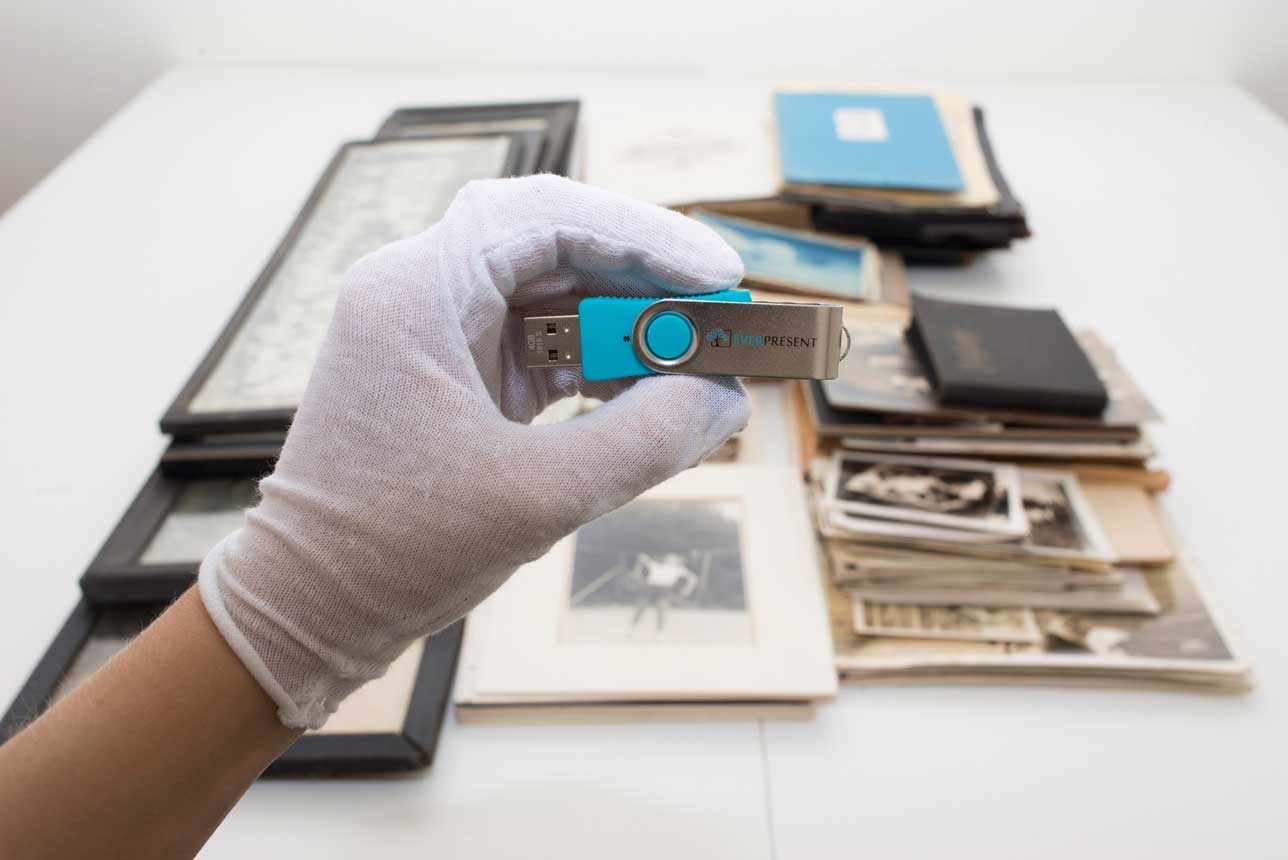 Imagine consolidating it all down to a single flash drive?
Imagine consolidating it all down to a single flash drive?
Organizing:
Do you have a massive bin full of loose photos that look like a game of 52-hundred pickup inside? If so, sorting through your physical prints to find one or two select snapshots is no easy task. Digital images can be numbered in a specific order, placed into digital folders with custom names, and sorted by year.
The handwritten captions on folders and the backs of photo prints have valuable data like people, places, and years. These details can either be scanned or transcribed into digital folder names on your computer, allowing you to break a big group of vintage photos into smaller sub-folders. We wrote a whole blog post on the value of the captions on your old photos.
Some services that do professional scanning of old photos will also offer digital organizing features like face-tagging. Advanced organizing tools can also add searchable keywords like ‘1920 Wedding’ to any pictures that fit this description, letting you find specific groups of images in seconds.

Quality:
Most importantly, scanning old prints as soon as possible is the only way to save the images at the best possible quality. Photos without digital copies will keep getting worse, and they’re always at risk of being lost to disasters like floods and fire. If you’re serious about preserving your legacy, making a digital backup of your collection is a wise approach.
Digital files can also be edited on computers and smartphones. Many mobile apps and computer programs let you tweak the color, contrast, and even the sharpness of ancient pictures that are falling apart. Editability is a big reason why digital photography is so popular today, and converting old photos to digital means you can adjust those pictures to look better than ever.
Where can you scan photos? Can I scan my photos?
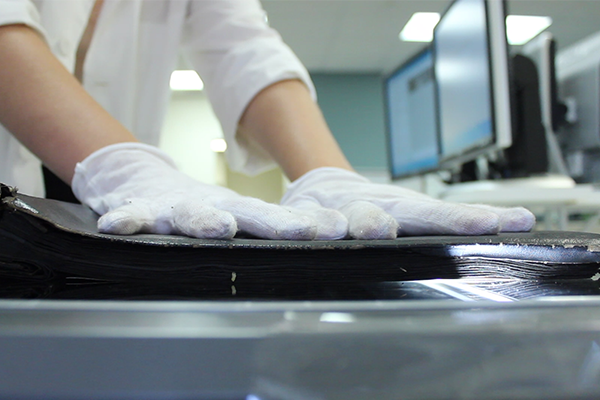
So you want to protect your family’s legacy and stop the clock on those aging photographs. But what’s the best way to scan old photos? You have two options: buy a scanner and do it yourself, or find a service that does professional scanning for vintage prints.
The DIY Approach
Think about the pros and cons of this option before you dive in. There’s something to be said for taking matters into your own hands and digitizing it all by yourself.
You’ll have absolute freedom and authority while scanning and editing. Having insider knowledge of the people, places, and events in these photos could make it easier for you to sort through your archive and decide what goes where. And these items never leave your sight, so you don’t have to trust your priceless memories with a complete stranger.
But before you dive into them and decide what to do with old family photos, consider these questions:
- Do you have the drive – and the free time – to spend hours feeding photos through a scanner?
- Is the hundreds, even thousands, of dollars that it takes to get a decent scanner and some editing software in your budget?
- Are you tech-savvy enough to set up and run a scanner? Edit images to get the best quality product? Organize digital files in a way that will help you find and enjoy them?
If you answered ‘no’ to any of these, you’re not alone.
A note about photo scanners: There is a difference between auto-feed scanners and flatbed scanners, and which scanner you need will affect your decision to do your old photo scanning on your own.
Auto feed scanners are great for more modern photos, between 3″ x 5″ and 8″ x 10″. Anything larger than that and it won’t fit through the feeder and any smaller than that and you’ll end up with crooked scans and they occasionally get stuck. These really work best for stacks of loose photos that are mostly the same size.
Your oldest photos are going to benefit the most from flatbed scanners because they are able to handle smaller sizes, inconsistent thickness, and delicate items. Some of your oldest photos are printed on heavy cardboard stock, or delicate scallop edged photo paper that has by now started to curl. Flatbed scanners are also perfect for newspaper scanning, and good for your smallest albums but they will impact your budget more than an auto-feed scanner.
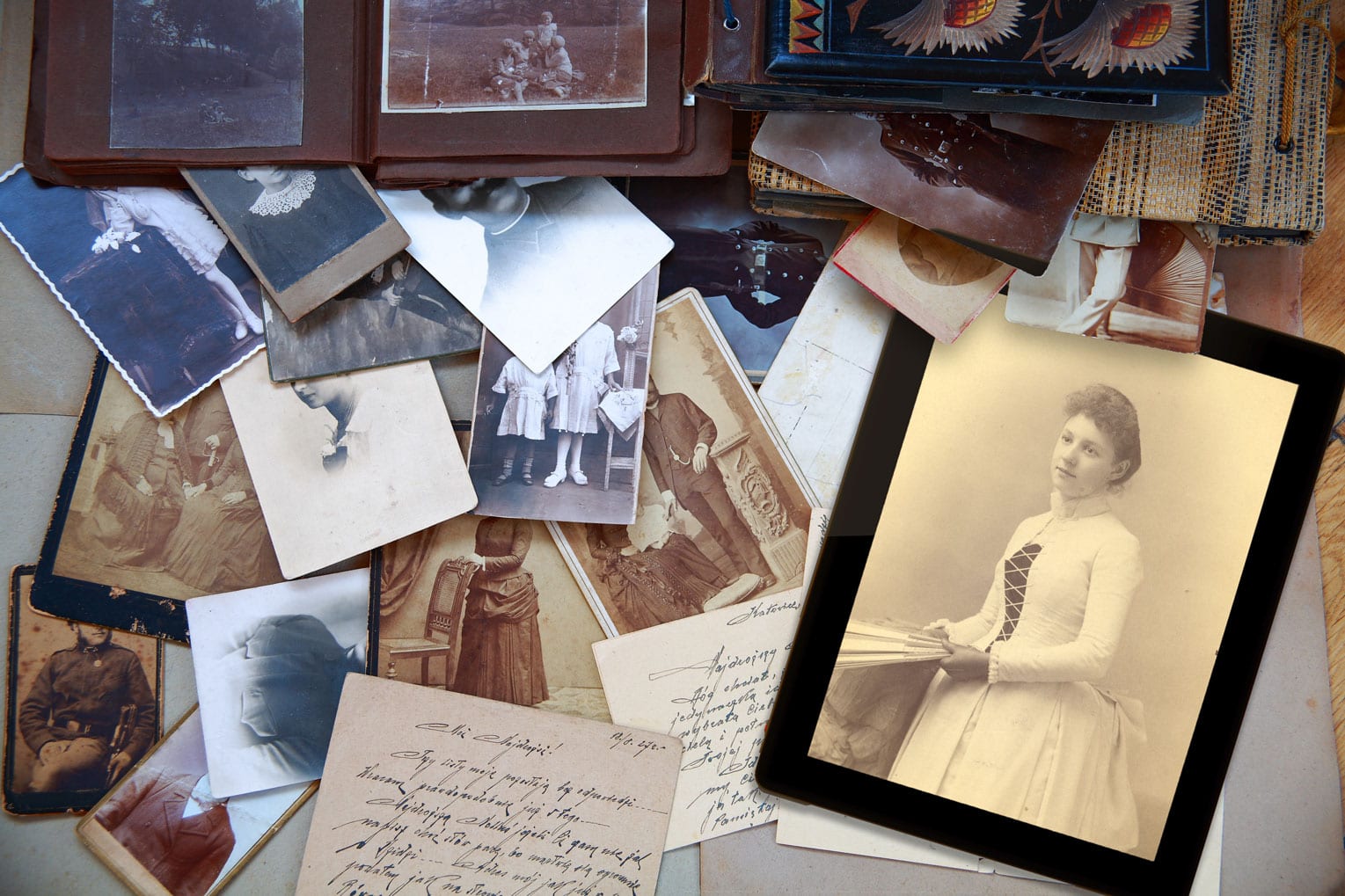
The Professional Photo Scanning Approach
It can be tough to put your life’s story in someone else’s hands. You won’t have the same level of control over the photo scanning process. You also want to be sure that whoever’s handling your vintage photographs is treating them with the utmost care.
Getting your old photos transferred to a flash drive costs time and money. When considering a professional photo scanning service your memories should be your priority and there are several important considerations to go over. Companies that provide professional scanning of old photos have the right tools and experience to breathe life into your legacy, be diligent in your research when choosing a professional.
- Will you receive digital copies AND a DVD? Do the digital copies cost extra?
- For online only services, are you comfortable with minimal interaction between yourself and the company about your photos?
- Is there a reputable customer service contact in case anything goes wrong or you have questions?
- Does the company have good reviews from happy customers or bad reviews?
- Are they able to handle your formats or advanced organization? For example, if they instruct you to stack your photos into even piles and bag them they are looking for piles of 4″ x 6″ prints you had done at CVS and not your Great-Grandmothers vintage 7.5″ X 4″ Promenade card from the 1890’s.
- Do they do all their work in a local, U.S-based scanning lab or ship overseas? Sometimes they offer both, and the cheapest option is generally outsourced overseas.
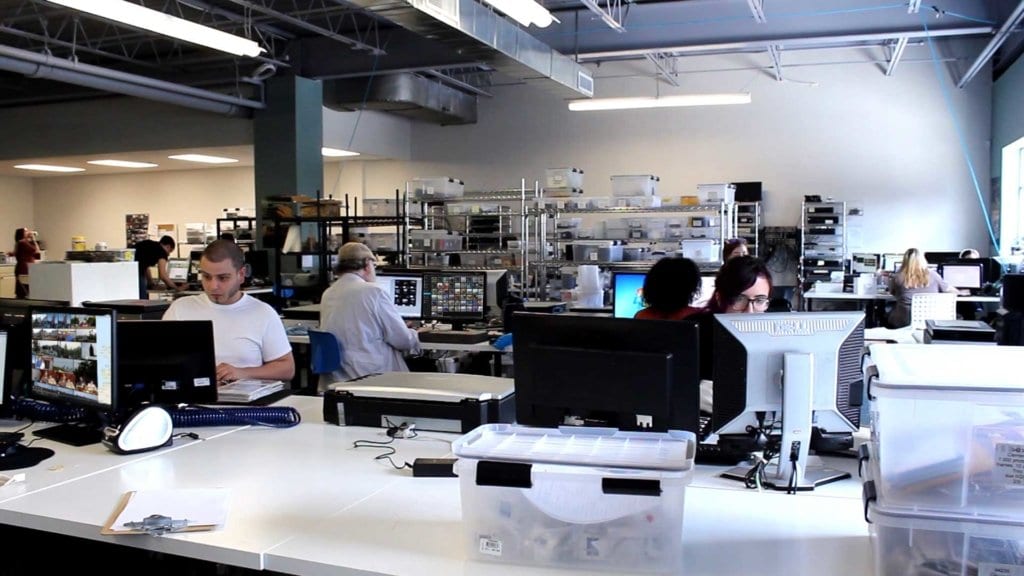
EverPresent wants to be your family memories company, and we use some of the best methods for digitizing your vintage prints. We pride ourselves on being able to handle formats other companies won’t like glass-plate negatives, vintage albums and scrapbooks. And we can convert any format of slide to digital that you can throw at us!
- First, your personal consultant will talk you through the photo scanning process and deliver your orders to the production staff.
- Then our white-gloved technicians remove any excess dust from your materials.
- We use industrial-grade flatbed scanners to keep your pictures in one piece while we scan them.
- Some extra-fragile items might even be photographed in our no-touch studio to minimize the risk of further damage.
- Based on your instructions, our editing process can either keep or remove the white borders around your pictures.
- The photo technicians are trained to keep an eye out for any handwritten captions or labels that ought to be used to keep your collection organized.
- And we use color-correction tools to restore yellowed images to their former black-and-white glory.
- Once your old snapshots are scanned and edited, the new digital files can be saved onto DVDs, flash drives, and cloud servers for easy access.
My Old Photos Are Safe! What Now?
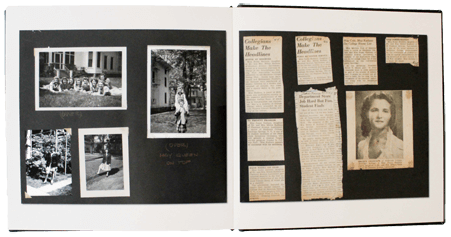 Click the photo book to view the inside!
Click the photo book to view the inside!
Share your story! You’ve turned these artifacts into digital images that can be enlarged and reprinted, print and frame some of the best that nobody has seen in years. Share them on social media. Keep them on your tablet or smartphone for a quick, portable dose of nostalgia if you’re ever feeling homesick.
Scanning old photos is an excellent gift for any member of your family. Do the project for yourself and give extra DVD copies or flash drives to family members during the holiday season. Now everyone will always have a stockpile of great throwback photos to post online!
Preserving all your family memories digitally is actually a huge milestone and you should celebrate it. Transform these new digital files into a custom presentation like a slideshow or photobook that can be displayed at the next family reunion.
Whatever you do with your old photos, getting them scanned first will give you peace of mind. Once you’ve stopped deterioration and beat the race against time, your story will be here to stay.
Share us on Pinterest!
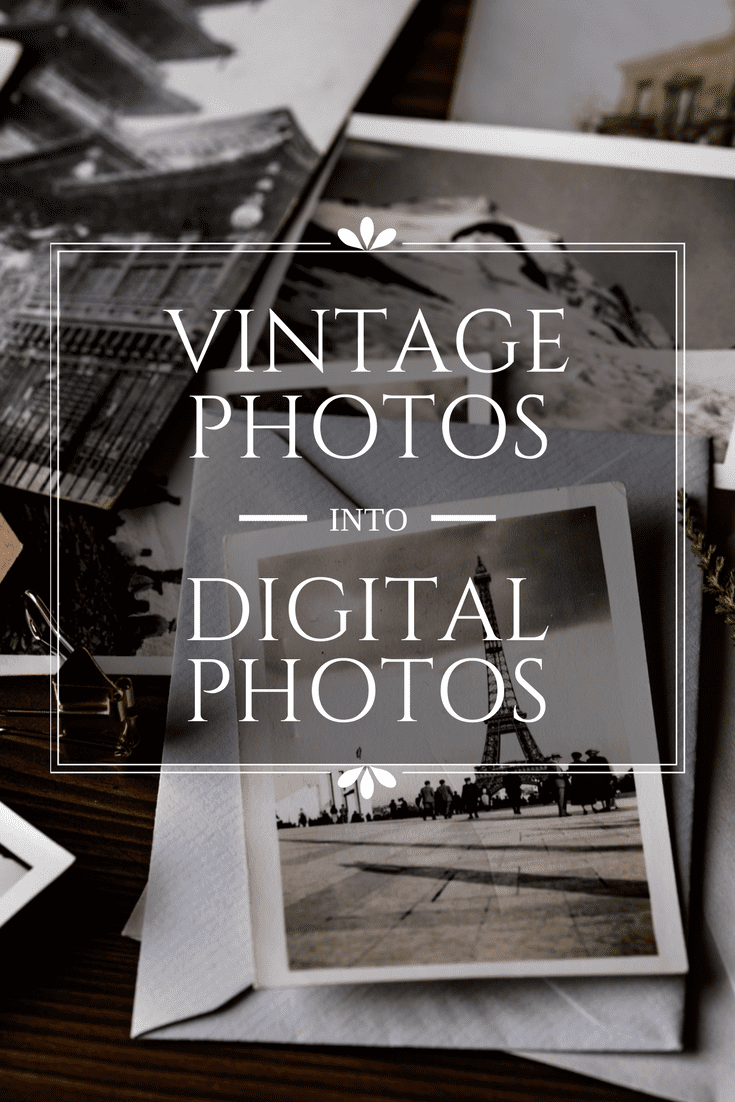
Where we get some our info:Library of Congress | University of Texas | Harvard Library | The New York Times

